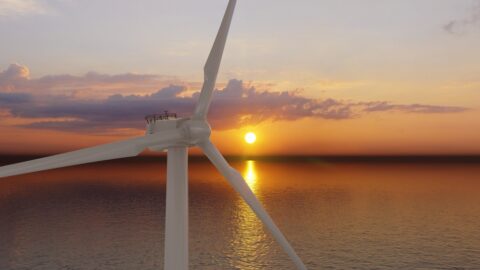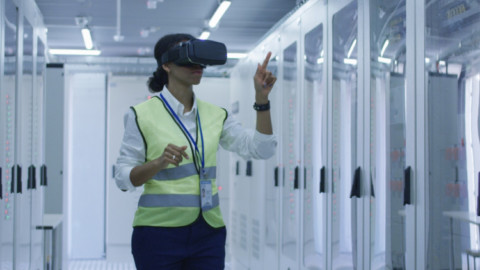By Jeff Allen, EESA National President
In anticipation of EECON 19, National President of the Electric Energy Society of Australia (EESA), Jeff Allen, takes a look at the evolving energy industry and what we should expect from the grid of the future.

As someone who has been involved as an engineer working in many different roles in the electric energy area for over 50 years, I have seen many changes – and these changes are continuing at an even faster pace.
My view is that for engineers working in the electric energy area today, it is essential to understand all the changes that are occurring (be they technical, market, management or customer) and adjust their knowledge, attitude and overall approach in order to be successful in this “new business environment.”
What is the new business environment? Some of the key areas of change that I see occurring are:
- The falling costs of both large and small-scale renewables and other distributed energy resources are driving their rapid deployment. Government subsidies are assisting this growth.
- Distributed energy resources (DER) are seen to be changing the role of a distribution network operator (DNO) to that of a distribution system operator (DSO).
- The changes in the mix of electricity generation and energy storage require new methods for managing system security, including issues such as frequency and stability.
- The move to a DSO role requires the use of active network management solutions involving smart metering, energy market oriented control and monitoring of distribution networks, distributed generation, microgrids, energy storage and customer installations – that is – a very complex “smart grid” with two way flows of energy.
- The dynamic behaviour of the distribution system, specifically two-way flows of energy, also provides new challenges for effective transmission and distribution network planning as well as operation.
- We are also seeing a step change in how commercial and industrial, as well as residential, customers participate in the new energy marketplace created by distributed resources, including solar panels, electric vehicles, building automation and energy storage.
This digital transformation of energy management and automation is making major advances. The growing Digital Transformation will create a significant increase in energy consumption and it is estimated that by 2025, 21% of electric power will be consumed by IT. Digital is the new normal – 50 billion mobile devices world wide by 2020!
Good asset management processes and systems, health and safety and risk management regimes will need to be in place to ensure that the network business fundamentals are not overlooked with all the changes that are occurring across all aspects of a network business.
As well as the above engineering related issues, the future will require an increased need for multiple stakeholder awareness and interaction and a much broader and more diverse set of workforce skills for the success of the more complex and diversified DSO business.
Thus engineers working in this more complex electric energy area need to understand the details of their area of expertise as well as the “big picture” overview of the changes that are occurring and the impact of these changes on the transmission and distribution system so that they can successfully make the transition to this much more complicated world.
EECON 2019 will take place in Sydney on 26 and 27 November 2019 (WWW.EECON2019.COM) and will help engineers develop a better understanding of the issues facing the energy industry.
This partner content is brought to you by EECON 2019. For more information, visit https://www.eecon2019.com/

















